Local Celebrity in Hongcheon Kim Sy-young
Potter Kim Sy-young carries on the tradition of black porcelain, discontinued after the Goryeo era. Created in a 1,300 °C kiln, his work boasts unique colors reflecting his artistic spirit. The pottery he produces is called black porcelain but the wares exhibit a wide spectrum of colors that resemble a rainbow. Let’s explore the world of black porcelain created by the alchemist of earth and fire, Kim Sy-young.


Black, a Subtle Color Reflecting All Colors
White porcelain and celadon were regarded as two main types of porcelain in Korea, until black porcelain was reproduced by Kim Sy-young. Kim has revived the tradition of Korean black porcelain, which had disappeared after the Goryeo era.
He proved that white and blue are not the only colors used in porcelains. The traditional black porcelain was treasured more than celadon during the Goryeo Dynasty. Unfortunately, the tradition came to an end after the Goryeo era. However, unlike in Korea, a majority of well-known Chinese or Japanese porcelains are still black.
Kim first met with black porcelain when he was a college student. He discovered a piece of black porcelain at a slash-and-burn farm site while climbing the length of the Taebaek Mountains. Fascinated by the subtle color, Kim dedicated himself to learning the techniques of handling earth and fire for 10 years. He finally succeeded in reproducing the traditional color of black porcelain, a combination of black and reddish brown. “You can produce an entirely different color depending on how you apply the iron-based glaze and bake porcelain. Even though it is called black porcelain, you can actually see its diverse colors since the color black itself is comprised of various colors.” The black porcelain boasts unique patterns as well as subtle colors made with red and blue. Such diversity is the charm of traditional Korean black porcelain.
An Artist Creating Eternity with Earth and Fire
Clay plays a crucial part in making porcelain. Similar to making other pottery, Kim Sy-young went through countless trials and errors as he studied various clays for months. He even tested clay he acquired from Annapurna during his trekking trip. The conclusion he came to was that he could make black porcelain with any type of clay. He realized that the ability to create a “treasure” was not far from him.
“Fire is more important than clay. Baking black pottery in a 1,300 °C kiln is like painting on a canvas. Fire plays a major role in the process.”
Black porcelain is baked at a higher temperature than celadon or white porcelain, and the patterns found on black porcelain differ according to the length of time it is exposed to fire. “That is the magic of a potter,” says Kim. That is why a potter is a magician who can handle fire. With tenacity and passion, Kim was chosen as the Gyeonggi Eutteumi for the first time in 1999, a title given to the best master in one’s field. Now he makes atypically shaped ceramics including those that look misshapen or melted. He says he was able to challenge existing ideas thanks to the support of his two daughters who became potters like him.
“To me, black porcelain represents eternity. Since I am not an eternal being, I want to make something that can last forever. I really want to make an earthenware that can move the hearts of people. I want to share the clean energy generated from my work with others.”
Kim dreams about eternity since he knows that nothing lasts forever. This makes his passion and dedication even more valuable.

You said fire is more important than earth. How did you find the right temperature, etc., for black porcelain?
Controlling temperatures was the hardest part. I lighted the kiln once every other day to find out how temperature affects the color and pattern of black porcelain. I stay overnight right next to the kilns for over 200 days in a year, that is more than 2,000 times over the past 10 years. Through this process I gradually learned the effects of temperature and baking hours on black porcelain. Usually, celadon and white pottery are baked at 1,250-1,260°C, and 1,270-1,280°C, respectively. However, the temperature used for black porcelain need to go above 1,300°C, sometimes even 1,500°C. I frequently try to bake black pottery under extremely high temperatures to create artware that have endured harsh conditions. Some say I mastered how to control the temperature, but I haven’t. I feel my techniques regress back 10 or 20 years, if I stop practicing for just a month. That is why I cannot stop practicing.
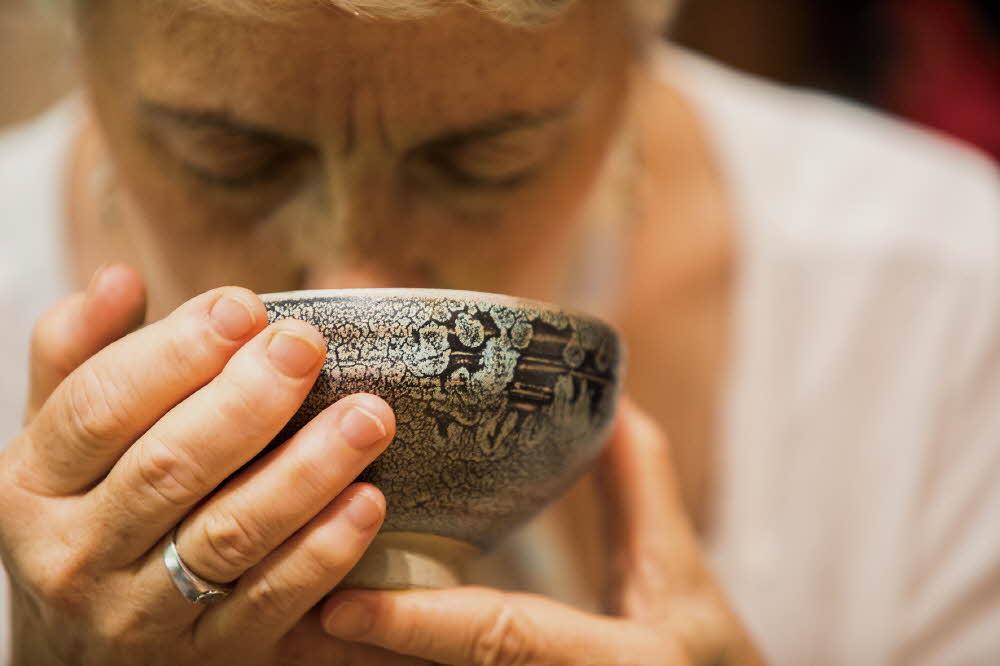
Nowadays, you are creating works with irregular patterns and shapes. What made you explore further beyond the restoration of traditional black porcelain?
In the past I only focused on reproducing the tradition of Korean black porcelain. In 2010 when I was preparing for my solo exhibition, I made a moon jar by separately shaping the upper and lower parts then attaching and baking them in the kiln. Through this process, a new shape and a new balance point were created. Once I experienced this, I wanted to try something new outside the traditional methods of baking pottery. For instance, I shaped clay in a weightless state as if I were on the moon, or I mixed clay and wheat flour as if to bake bread. I continued these experiments because they were fun. Since that time, I have become free from formalities. I shifted my style to mainly abstract art three years ago. I still make tea cups and I love my previous work of course, but nowadays I enjoy creating artwork in a more free form. I personally think that black porcelain should be developed and not adhere to a standard format, plus my customers love that my work is not standard. My goal is to be called an artist of earth and fire, rather than a ceramic artist.
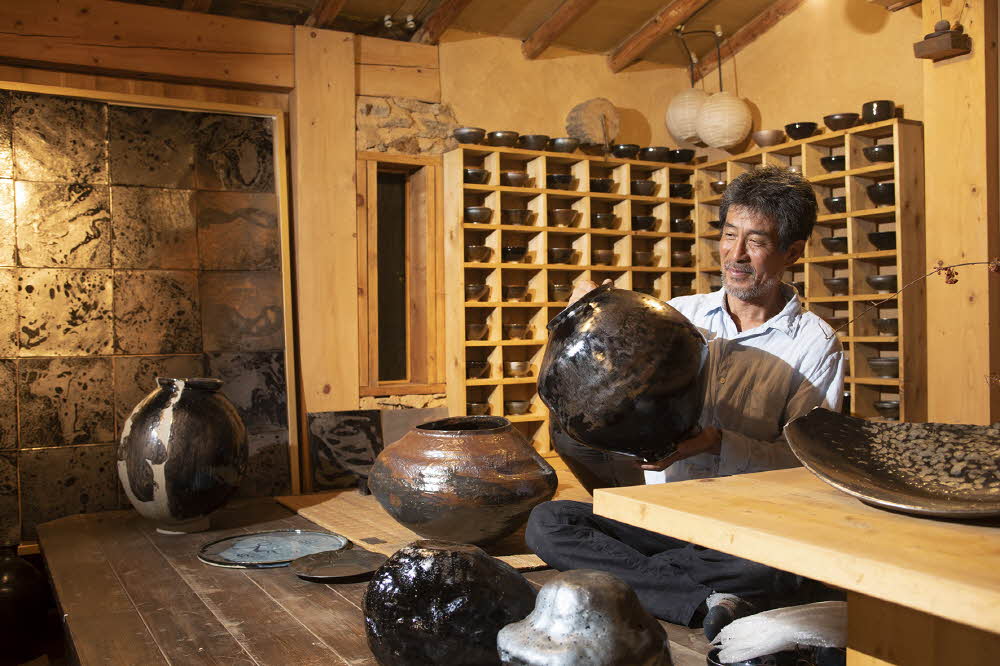
What do you think is the value and merit of black porcelain as a cultural tourism content?
Black pottery has potential as a cultural tourism content, since many people are interested in it as they visit my gallery to see my black porcelains. They also appreciate the beauty of black porcelain as they enjoy tea in the gallery, which is a cultural experience. Several foreigners visit my gallery and they are quite impressed by the beauty of Korean arts and culture. When the Winter Olympic Games were held in Pyeongchang, representatives from 10 major Japanese tourist agencies visited the gallery, and three of them said Nogo Gallery was the best. I think people love to experience unique Korean culture as well as Korean artwork. In 1999, I was chosen as the Gyeonggi Eutteumi (a title given to the best master in one’s field) for the first time among pottery artists. I believe that black porcelain, which has become a representative artwork of Hongcheon, contributes to promoting the region. I would like to create true works of art that can be recognized around the world, in order to further increase the value of black porcelain.
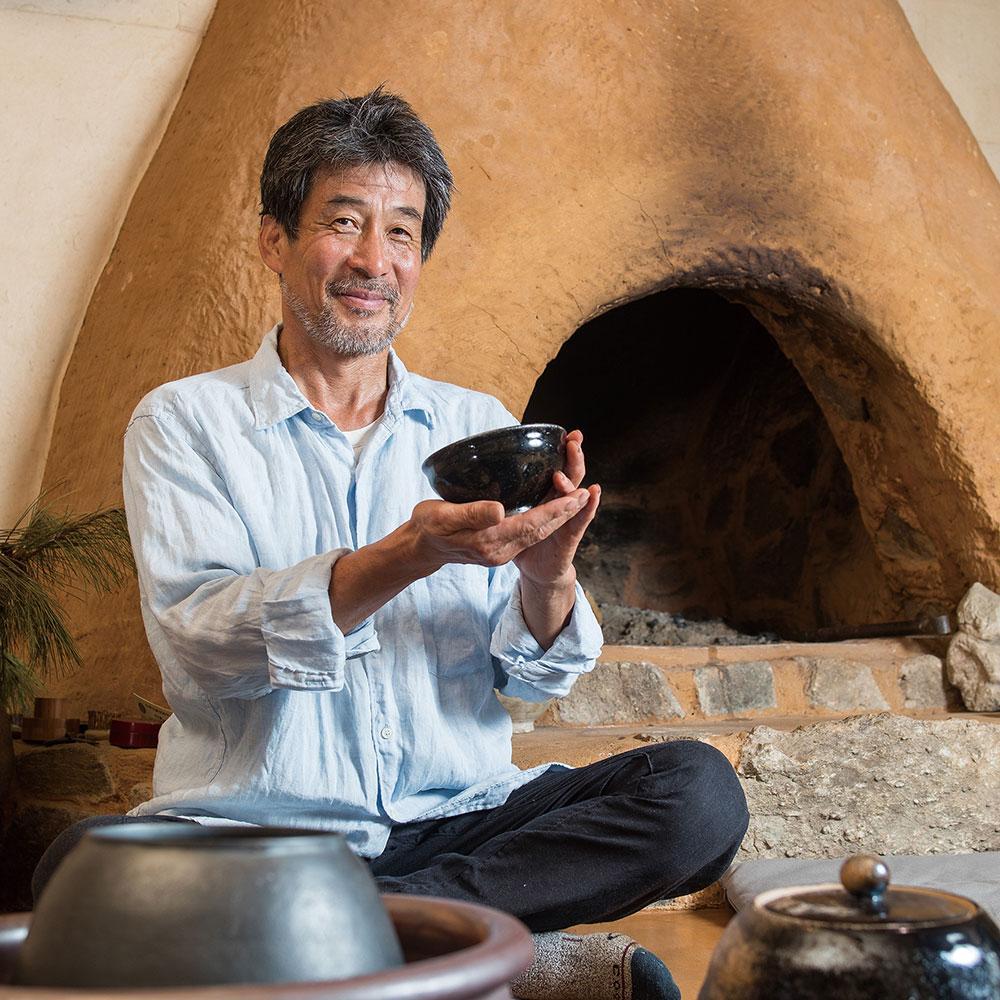

Nogo Gallery Tour
Nogo Gallery is where Kim Za-in and Kim Kyung-in (Kim Sy-young’s daughters and students) maintain the tradition of Korean black porcelain. Once you enter the gate, you follow the gentle uphill road to the exhibition room and studio. You will find various ceramics displayed outdoors surrounded by nature. There are kilns and unique black porcelain pieces that cannot be found elsewhere.
- Operation Hour:
- 10:30~18:30 (Closed on Mondays)
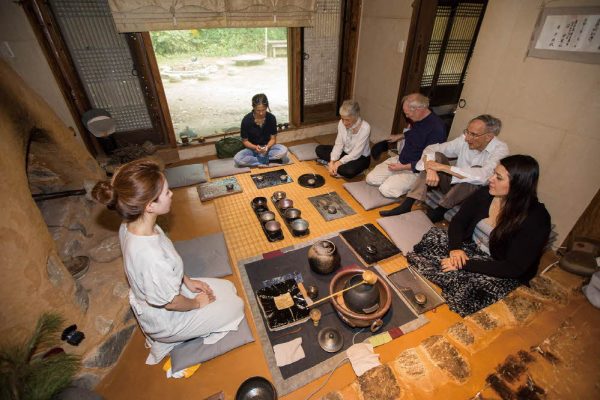
Traditional Tea Ceremony Using Kim Sy-young’s Tea Cups
The gallery runs a traditional tea ceremony class where participants can experience traditional tea using tea cups made by Kim Sy-young. Although the teacups are smaller than Kim’s work on exhibit, you can actually experience his passion for art as well as his artistic spirit during the class.
- Masterpiece class:
- Gallery tour plus the tea ceremony class
- Price:
- 100,000 won per person
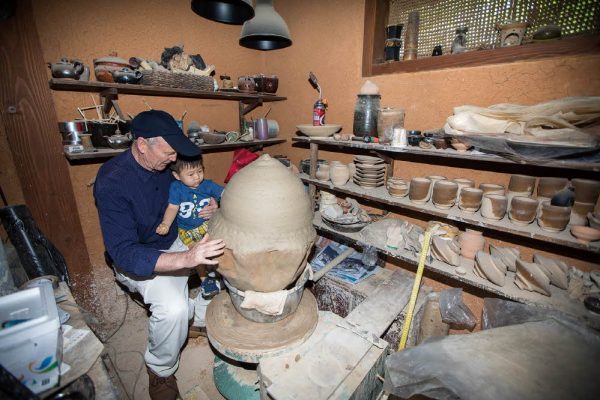
Premium Program
A premium program is available for those who are interested in art and culture. The program includes pottery-making with Kim Sy-young (gathering clay on the mountain; making glaze with the clay collected; and use of a potter’s wheel); enjoying a meal using porcelain dishes; a tour of the gallery; and a tea ceremony class. The program is a half-day course. A premium family program, which is shorter than the premium program, is also available for families with children.
- Premium Program:
- 1 million won (per person)
- Premium family program:
- 1 million for a family of four
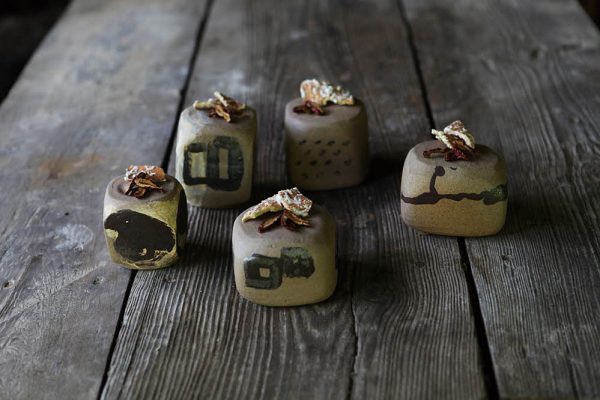
assemble_in
assemble_in is a lifestyle brand created by Kim Za-in and Kim Kyung-in in homage to their father’s work. The daughters create new and unique works of art using fragments of pottery that their father had made. Various modern and stylish interior decor items are also available.
-
- Website:www.assemblein.com
RECOMMENDED TOURIST ATTRACTIONS
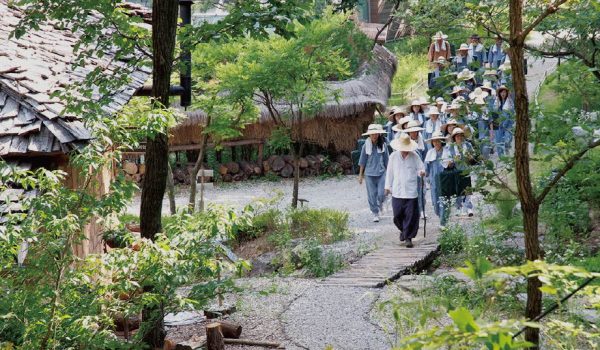
Healience Seonmaeul
Healience Seonmaeul is for those who want to get away from a busy life and be surrounded by calm and clean natural surroundings. The word healience is a combination of “healing” and “science”. Healience Seonmaeul is a well-aging center created for people who are seeking relaxation and healing while enjoying nature. The center runs several programs teaching participants about healthy eating, exercise, mindset and regular daily routines.
- Address:
- 122 Jongjasan-gil Seo-myeon, Hongcheon-gun, Gangwon-do
- Tel.
- 1588-9983
- Website:
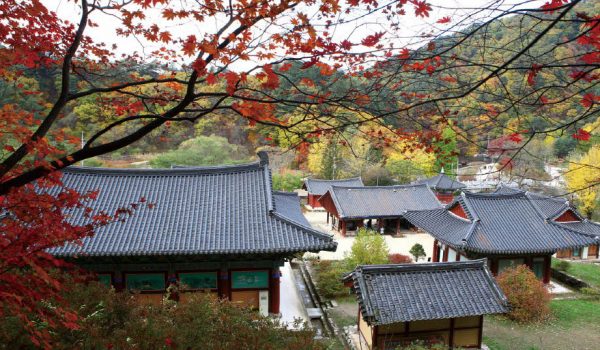
Sutasa Temple
Established by Monk Wonhyo in 708, during the King Seongdeok’s reign of the Silla Dynasty, Sutasa Temple boasts superb beauty and age-old history. The temple’s main sanctuary, Daejeokgwangjeon Hall (approx. 5.5 m x 5.5 m in size), has a dapo (multi brackets) style hipped-and-gabled roof, reflecting the architectural style of wooden buildings from the late Joseon era. The temple has various cultural properties such as the Wolinseokbo (a biography of Buddha, National Treasure No.745); a bronze bell; and a three-tiered pagoda. A 500-year old Japanese yew tree, which is said to have grown from a cane that an old monk had put into the ground, adds a mysterious atmosphere to the temple.
- Address:
- 473 Sutasa-ro Dong-myeon, Hongcheon-gun, Gangwon-do
- Tel.
- 033-436-6611
- Website:
INFORMATION
Nogo Gallery
- Address:
- 29 Gilgok-gil Seo-myeon, Hongcheon-gun, Gangwon-do
- Tel.
- 033-434-2544
- Website:


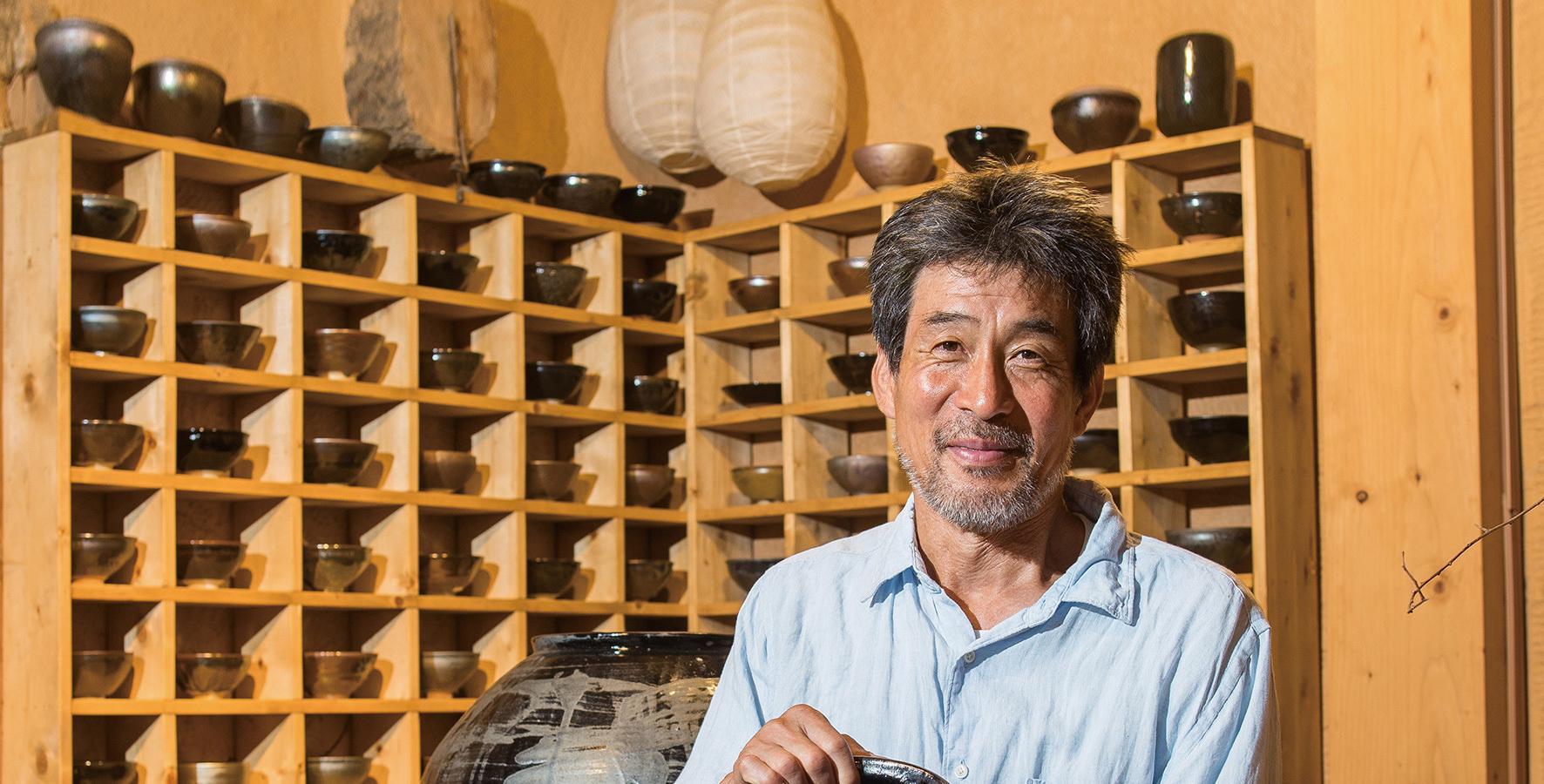










![[A ZONE] Gangnam Food Spot](https://m.dgram.co.kr/wp-content/uploads/2020/09/A존-알래스카3-특성이미지_S-324x160.jpg)
![[A ZONE] Gangnam Life Style](https://m.dgram.co.kr/wp-content/uploads/2020/09/로우클래식1-특성이미지_S-324x160.jpg)




